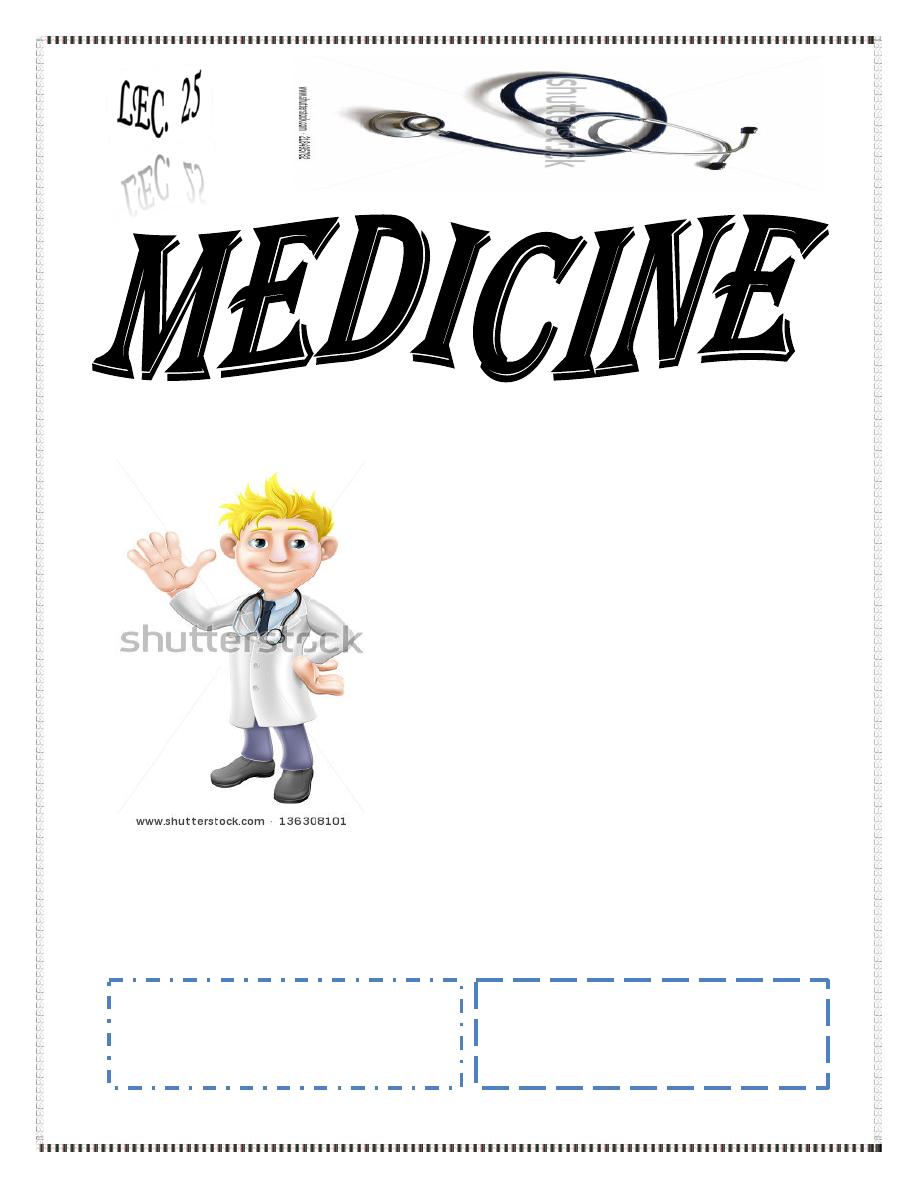
Dr. Mohammed Waheeb
Lec. 1
Hospital acquired
infection
Mon
16 / 2 / 2015
2014 – 2015
ﻣﻜﺘﺐ ﺍﺷﻮﺭ ﻟﻼﺳﺘﻨﺴﺎﺥ
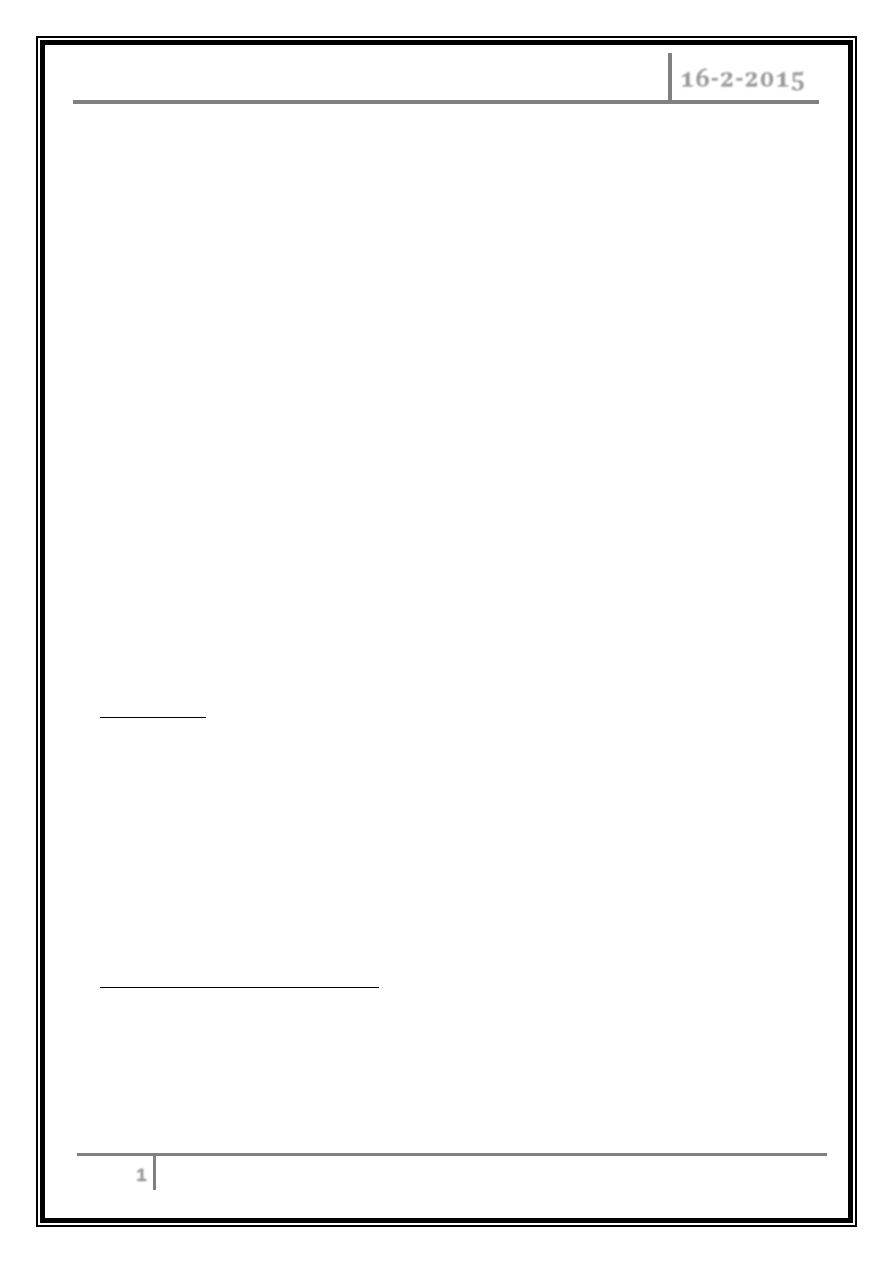
HOSPITAL ACQUIRED INFECTIONS Dr. Muhammed Waheeb
16-2-2015
1
Introduction
Hospital-acquired (nosocomial) infections are defined as those not present or
incubating at the time of admission to the hospital. Nosocomial infections are
estimated to affect and contribute to death of large number of patients in hospitals.
In recent years, nosocomial infections have become even more problematic because
of increased numbers of immunocompromised pts, increasing antibiotic resistance in
pathogenic bacteria, increased rates of fungal and viral super-infections, and
increased numbers of invasive procedures and invasive devices.
Prevention of Hospital-Acquired Infections
Hospital infection-control: programs use several mechanisms to prevent
nosocomial infections:
•
Surveillance:
review of microbiology laboratory results, surveys of nursing wards,
and use of other mechanisms to keep track of infections acquired after hospital
admission. Infections that are associated with the greatest morbidity (e.g.,
nosocomial pneumonia), incur the highest costs (e.g., cardiac surgical wounds), are
the most difficult to treat (e.g., antibiotic-resistant infections), cause recurrent
epidemic problems (e.g., Clostridium difficile–related diarrhea), and/or are
preventable (e.g., vascular-access infections) are the primary focus of hospital
infection-control programs.
•
Prevention and control measures:
Hand hygiene is the single most important
measure to prevent cross-infection. Other measures include identification and
eradication of reservoirs of infection and minimizing use of invasive procedures and
catheters.
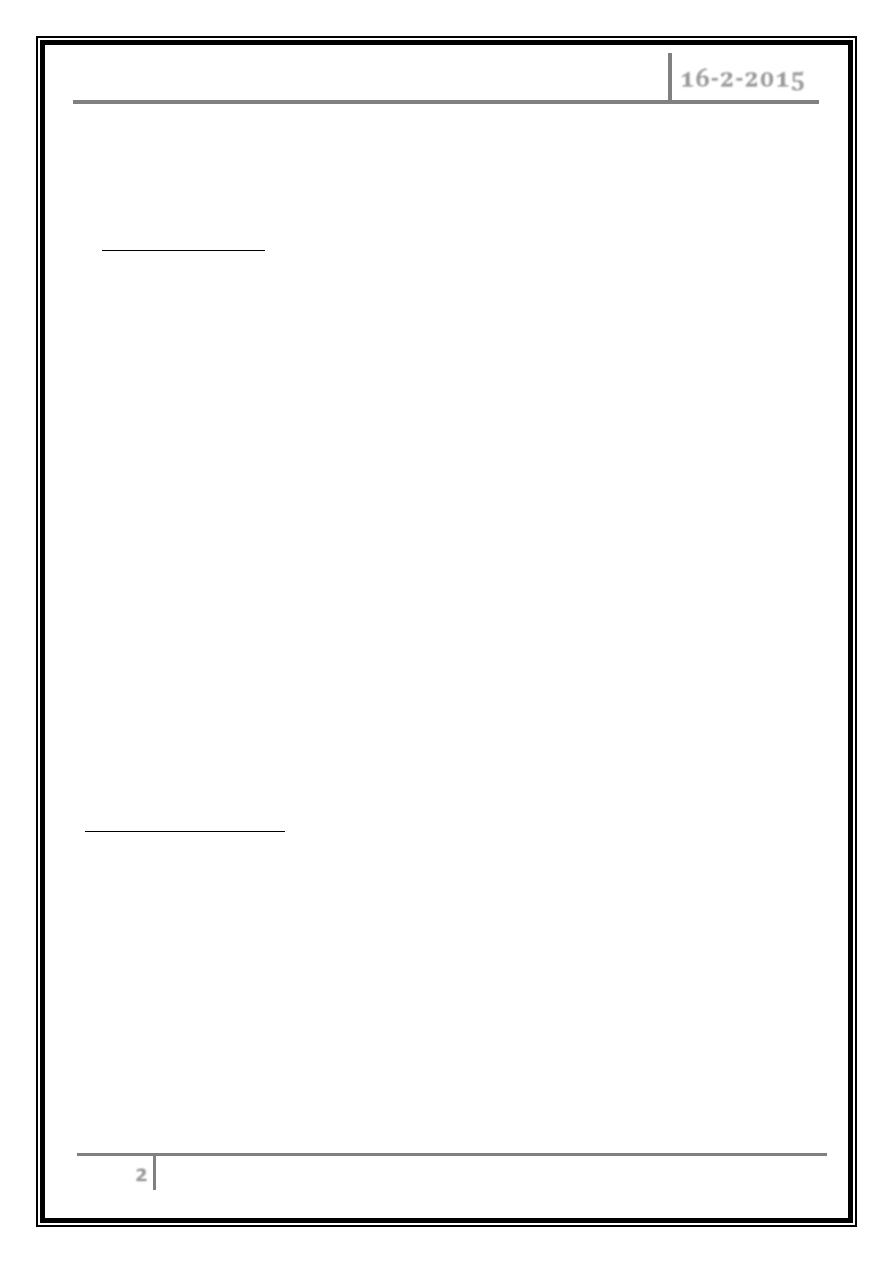
HOSPITAL ACQUIRED INFECTIONS Dr. Muhammed Waheeb
16-2-2015
2
•
Isolation techniques
to limit the spread of infection:
1.
Standard precautions:
are used for all pts when there is a potential for
contact with blood, body fluids, non-intact skin, and mucous membranes. Hand
hygiene and use of gloves are central components of standard precautions; in certain
cases masks, eye protection, and gowns are used as well.
2.
Transmission-based guidelines:
airborne precautions, droplet
precautions, and contact precautions are used to prevent transmission of disease
from infected pts. More than one precaution can be combined for diseases such as
varicella that have more than one mode of transmission. Because antibiotic-resistant
bacteria can be present on intact skin of infected pts, any contact with sick pts who
may be harboring those bacteria should involve hand hygiene and use of gloves.
Gowns are frequently used as well, although their importance in preventing cross-
infection is less clear.
Nosocomial and Device-Related Infections
Urinary Tract Infections
Up to 40–45% of nosocomial infections are UTIs. Most nosocomial UTIs are
associated with prior instrumentation or indwelling bladder catheterization. There is
a 3–10% risk of infection for each day a catheter remains in place. Pts become
infected with bacteria ascending from the periurethral area or via intraluminal
contamination of the catheter. The pt. should be assessed for symptoms of upper
tract disease, such as flank pain, fever, and leukocytosis. Lower tract symptoms, such
as dysuria, are unreliable as markers of infection in catheterized pts. If infection is
suspected, the catheter should be replaced and a freshly voided urine specimen
obtained for culture; repeat cultures should confirm the persistence of infection at
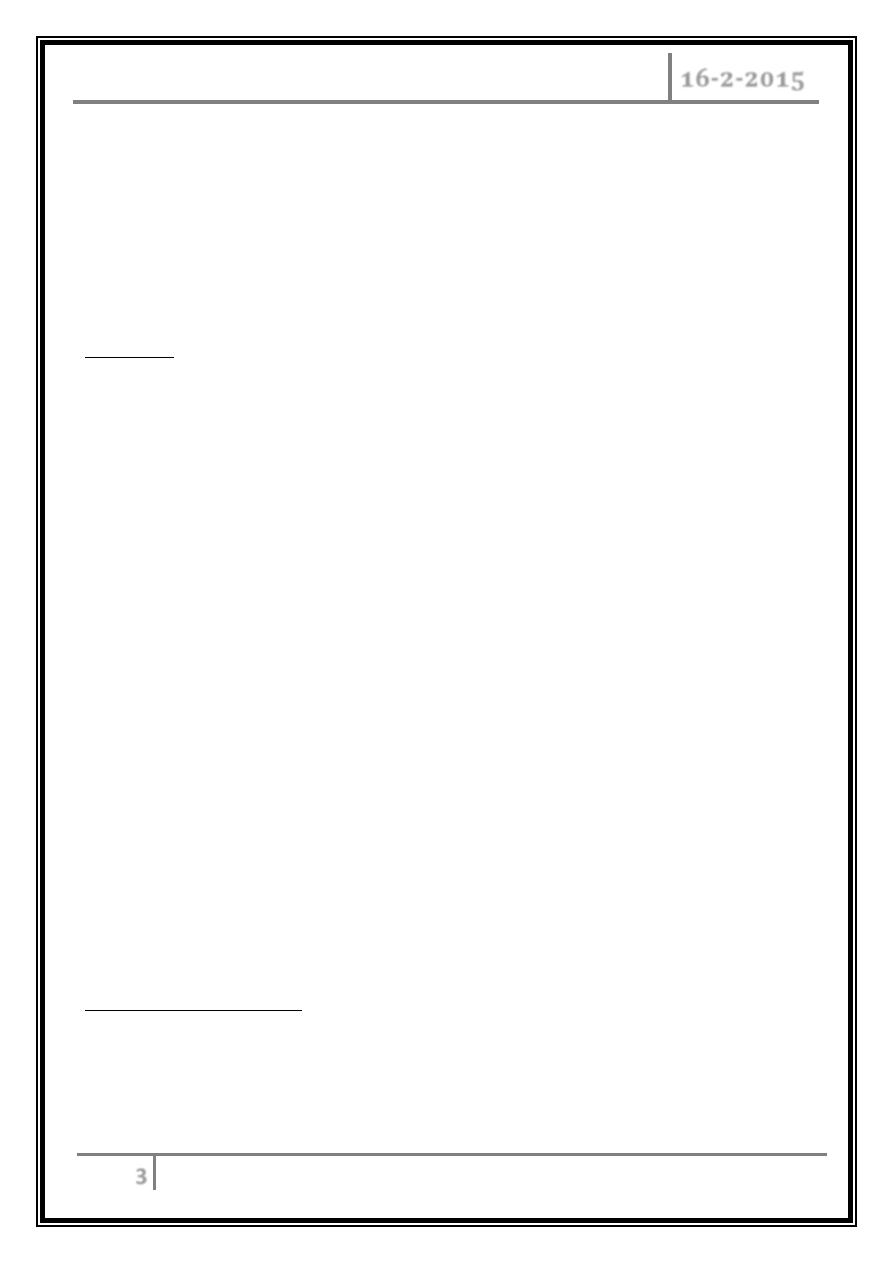
HOSPITAL ACQUIRED INFECTIONS Dr. Muhammed Waheeb
16-2-2015
3
the time therapy is initiated. Urinary sediment should be examined for evidence of
infection (e.g., pyuria). Catheters should be placed (by aseptic techniques) only when
they are essential, should be manipulated as infrequently as possible, and should be
removed as soon as possible. In men, condom catheters—unless carefully
maintained— are as strongly associated with infection as indwelling catheters.
Pneumonia
Accounting for 15–20% of nosocomial infections, pneumonia increases the
duration of hospital stay and costs. Pts aspirate endogenous or hospital-acquired
flora. Risk factors include events that increase colonization with potential pathogens,
such as prior antibiotic use, contaminated ventilator equipment, or increased gastric
pH; events that increase risk of aspiration, such as intubation, decreased levels of
consciousness, or nasogastric or endotracheal tubes; and conditions that compromise
host defense mechanisms in the lung, such as chronic obstructive pulmonary disease.
Diagnosis should depend on clinical criteria such as fever, leukocytosis, purulent
secretions, and new or changing pulmonary infiltrates on CXR.
An etiology should be sought by studies of lower respiratory tract samples
protected from upper-tract contamination; quantitative cultures have diagnostic
sensitivities in the range of 80%. Febrile pts with nasogastric tubes should also have
sinusitis or otitis media ruled out. Organisms, particularly in ICU pts, include
Streptococcus pneumoniae and Haemophilus influenzae early during hospitalization
and Staphylococcus aureus, Pseudomonas aeruginosa, Klebsiella, Enterobacter,
Acitobneacter, and other gram-negative bacilli later in the hospital stay. Prevention
efforts should focus on minimal use of aspiration-prone supine positioning and
meticulous aseptic care of respirator equipment.
Surgical Wound Infections
Making up 20–30% of nosocomial infections, surgical wound infections increase
the length of hospital stay as well as costs. These infections have an average
incubation period of 5–7 days and often become evident after pts have left the
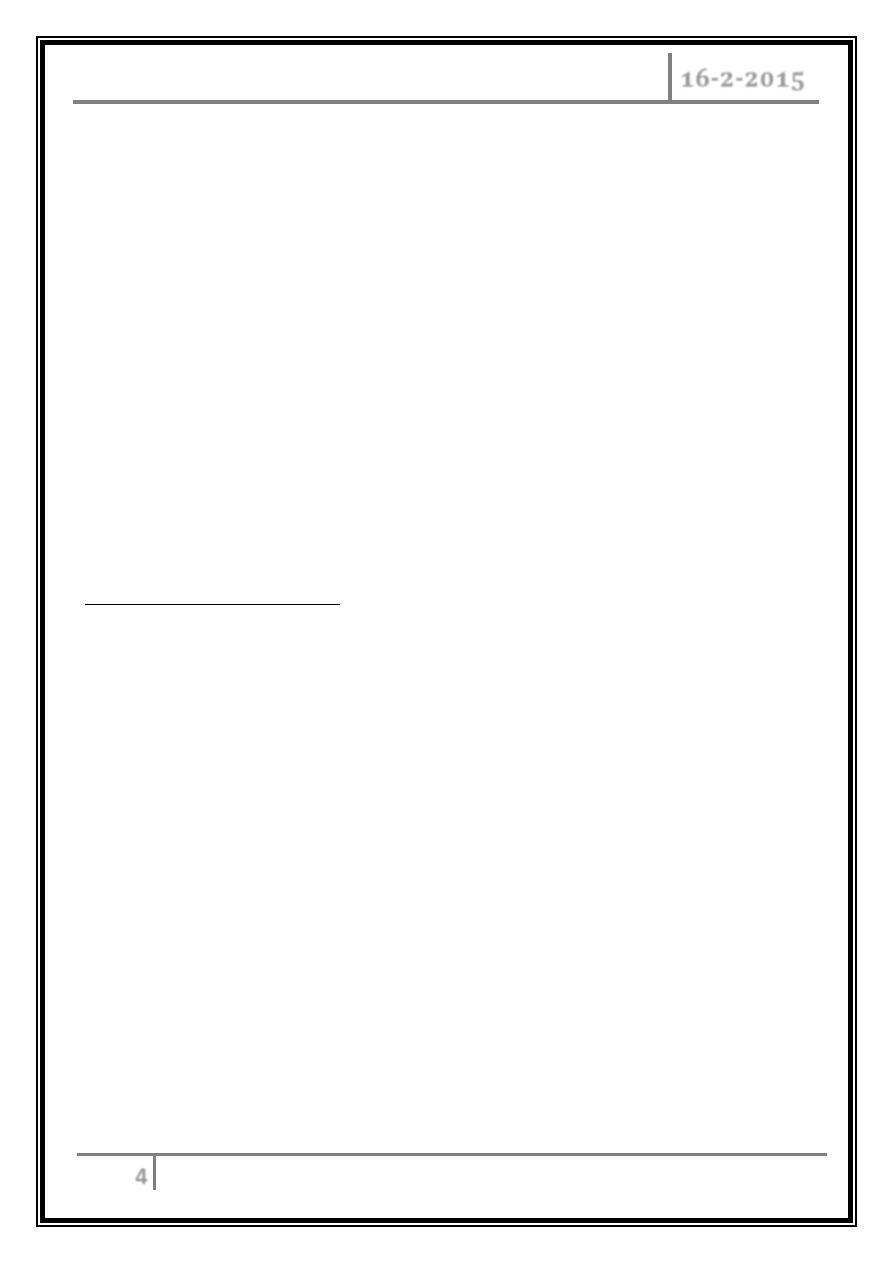
HOSPITAL ACQUIRED INFECTIONS Dr. Muhammed Waheeb
16-2-2015
4
hospital; thus it is difficult to assess the true incidence. Common risk factors include
deficits in the surgeon’s technical skill, the pt’s underlying conditions (e.g., diabetes
mellitus or obesity), and inappropriate timing of antibiotic prophylaxis. Other factors
include the presence of drains, prolonged preoperative hospital stays, shaving of the
operative site the day before surgery, long duration of surgery, and infection at
remote sites.
An area of erythema with a diameter of more than 2 cm around the wound
margin, local pain and induration, fluctuance, pus, or dehiscence of the wound
suggests infection. S. aureus, coagulase-negative staphylococci, and enteric and
anaerobic bacteria are the most common pathogens. In rapidly progressing
postoperative infections, group A streptococcal or clostridial infections should be
considered. Treatment includes administration of appropriate antibiotics and
drainage or excision of infected or necrotic material.
Intravascular Device Infections
Infections of intravascular devices cause up to 50% of nosocomial bacteremias;
central vascular catheters account for 80–90% of these infections. Pts often present
with fever, erythema, purulent drainage, induration, and tenderness at the exit site.
Bacteremia without another source suggests a vascular access infection. Coagulase-
negative staphylococci, S. aureus, enterococci, nosocomial gram-negative bacilli, and
Candida are the pathogens most frequently associated with these bacteremias. The
diagnosis is confirmed by isolation of the same bacteria from peripheral blood
cultures and from semi-quantitative or quantitative cultures of samples from the
vascular catheter tip. In addition to the initiation of appropriate antibiotic
treatment, other considerations should include the risk for endocarditis (relatively
high in pts with S. aureus bacteremia), whether to use the “antibiotic lock” technique
(instillation of concentrated antibiotic solution into the catheter lumen along with
systemic antibiotics), and whether to remove the catheter (given that its removal is
usually necessary to cure infection). If the catheter is changed over a guide wire and
cultures of the removed catheter tip are positive, the catheter should be moved to a
new site. Meticulous aseptic technique during catheter placement and avoidance of
femoral sites minimize the risk of vascular access infection. If a device is expected to
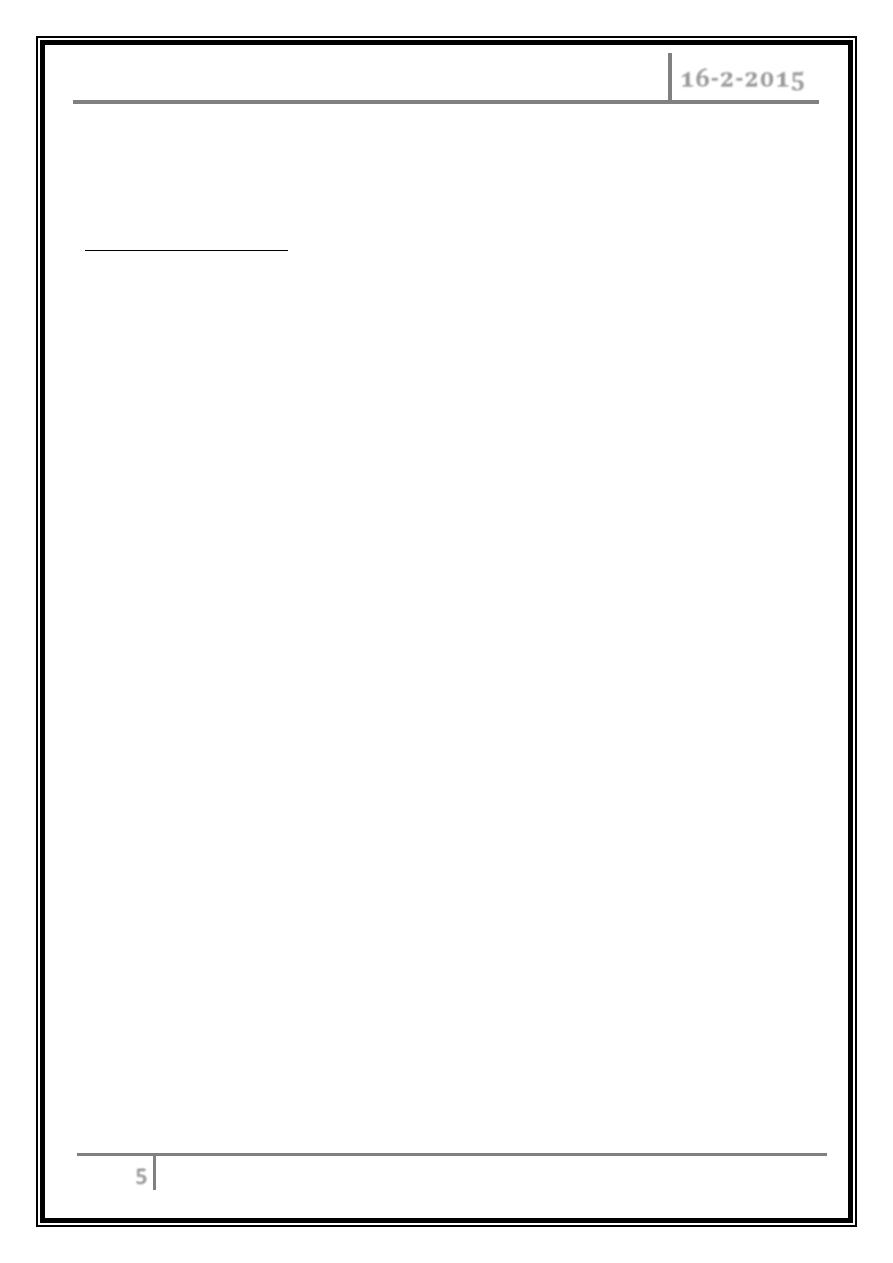
HOSPITAL ACQUIRED INFECTIONS Dr. Muhammed Waheeb
16-2-2015
5
remain in place for more than 5 days, an antibiotic-impregnated catheter may be
useful.
Miscellaneous Infections
Other common nosocomial infections include antibiotic-associated C. difficile
diarrhea, decubitus ulcers, and sinusitis.
Epidemic and Emerging Problems
Chickenpox
: If varicella-zoster virus (VZV) exposure occurs, postexposure
prophylaxis with varicella-zoster immune globulin (VZIg) is considered for
immunocompromised or pregnant contacts (with preemptive administration of
acyclovir an alternative for some susceptible persons), and susceptible
employees are furloughed for 8– 21 days (or for 28 days if VZIg has been given).
Vaccine should be routinely offered to VZV-susceptible employees.
Tuberculosis
: Prompt recognition and isolation of cases, use of negative
pressure private rooms with 100% exhaust and 6–12 air changes per hour, use
of approved face masks, and follow-up skin testing of exposed personnel are
required.
Group A streptococcal infection:
A single nosocomial case should
prompt an investigation for health care workers who are carriers. Employees
identified as carriers should be removed from pt-care settings until carriage is
eliminated.
Aspergillosis:
linked to hospital renovations and disturbance of dusty
surfaces.
Legionellosis:
linked to contamination of potable water supplies.
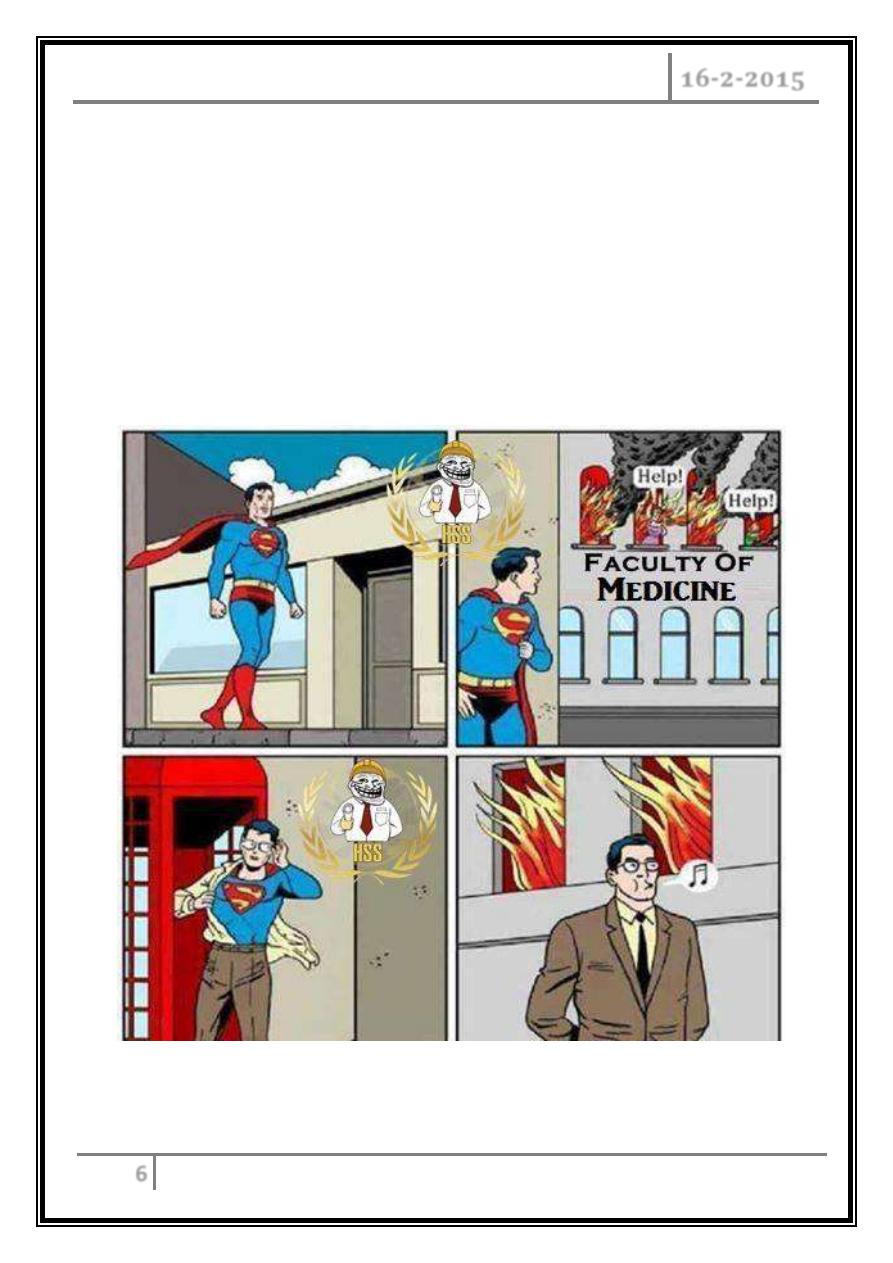
HOSPITAL ACQUIRED INFECTIONS Dr. Muhammed Waheeb
16-2-2015
6
Antibiotic-resistant bacterial infection:
Strict infection-control
practices and aggressive antibiotic-control policies are cornerstones of
resistance-control efforts.
Bioterrorism preparedness:
Education, effective systems of internal
and external communication, and risk assessment capabilities are key features.
…END…
